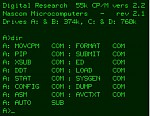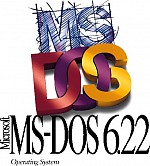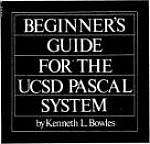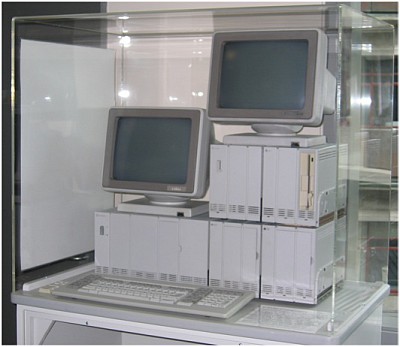Computer Science
Computing History Displays: Third Floor - Early PC operating systems
A new technology is often the base for competing alternative products, few of which survive as time passes. For early personal computers there were many different operating systems available.
Programmers of the first PCs in the mid 1970s were often familiar with software on larger computers. For the very first PC generation (like the IMSAI we have on display on this floor) based on simple 8-bit processors like the Intel 8080 with very small memories (< 64Kbytes) the company Digital Research, founded by Dr Gary Kindall, developed a very basic operating system called CP/M - the name was inspired by the IBM mainframe virtual machine OS called CP/CMS (for Control Program / Conversational Monitor System.) CP/M was dominant when introduced in 1976 but fell out of use when it was not adopted by IBM as the principal operating system for their personal computer.
All second-generation PCs used floppy disks and were managed by their own operating system, usually labelled "DOS" for Disk OS, for example Apple DOS. Working at Seattle Computer Products, programmer Tim Patterson, in 4 months work in 1980 wrote QDOS for Intel 8086-based PCs ("Quick & Dirty OS.") QDOS was itself inspired by CP/M. QDOS was bought by the fledgling Microsoft which developed it further into MS-DOS for machines compatible with the IBM PC (called PC-DOS when provided by IBM.) MS-DOS was dominant on PCs until the mid-90s.
UCSD p-system
Given the varying operating systems and hardware of the early personal computers it was very difficult to write programs that would work across of variety of PCs. This problem was addressed by the UCSD p-system (University of California at San Diego) developed by Dr Kenneth Bowles. The p-system comprised a compiler for the Pascal language, and an operating system, both written in the Pascal language. However, rather than producing machine code, the compiler generated "p-code" for a virtual stack machine. It was then possible to run the p-system on any computer "merely" by writing a program for that computer that could interpret p-code. The p-system was widely used on second generation PCs. It died out as better Pascal compilers were provided, but the use of a virtual machine to provide compatibility across computers persists today in such systems as Java.
PC-DOS was not regarded by IBM as suitable for use in reliable and secure applications. Rather than extend and develop the DOS base, IBM chose to re-engineer a new system from scratch and called this second system OS/2. OS/2 was developed by a collaboration of IBM and Microsoft. This venture collapsed in the early 1990s but OS/2 was continued by IBM and offered on their line of PCs. However it gradually fell from favour and only continued to be used in some very specialised application areas.
Facing the same problem of early Operating System inadequacy, the company Convergent Technologies was founded in 1979 with the goal of writing a sound OS for small and personal computers, called, naturally, CTOS. As well as the software, hardware more-appropriate to business applications was developed. Convergent Technologies was supported by Burroughs Corporation which sold the system under its own label. Burroughs was merged into Univac which continued the CTOS systems for many years. Although there were 800,000 CTOS users world-wide, support was discontinued in the late '90s and CTOS phased-out.
The main feature of our display shows two of the CTOS computers. These are elegant modular designs that are extendible by plugging in further modules on the right. One, with the Burroughs label, is based on the Intel 80286 chip. The other, with Unisys label, is based on the later 80386 chip - this machine was donated by Linda Painter of Pokeno.
The main reason that many early Operating Systems became extinct was the greater usability provided by operating systems built around a graphical user interface. This was first available on a wide scale with the new 1984 Macintosh OS, a line of development which has continued since, albeit with some major changes. The approach taken by Microsoft was to enhance MS-DOS by providing a GUI front end to MS-DOS. Microsoft Windows also continues to the present, again with some major revisions. The 3rd surviving OS for PCs is Linux which was derived from the UNIX system developed around at ATT Bell Laboratories for larger mini-computers. Like Windows, LINUX is based on an older command-line system extended with a GUI interface - an approach also adopted in later versions of the Macintosh OS.








